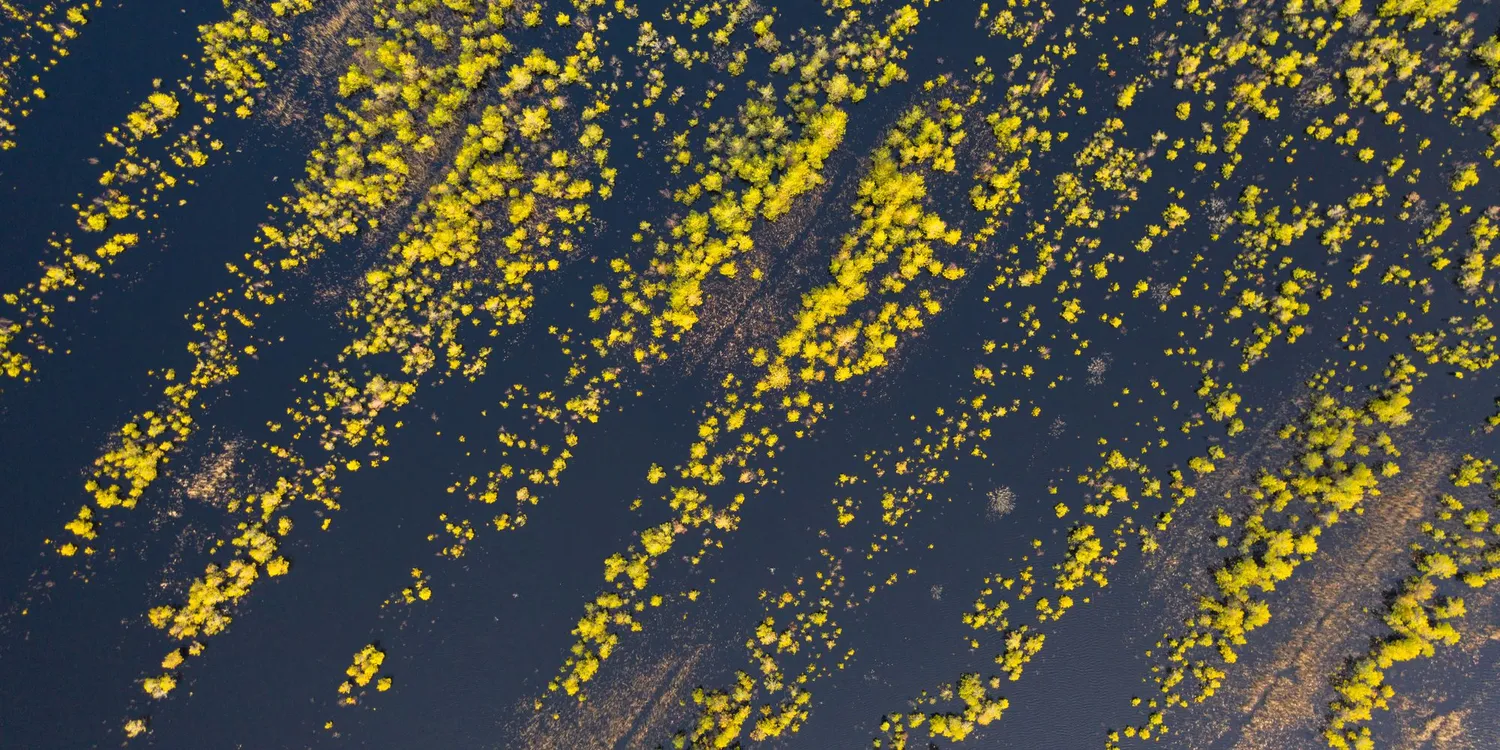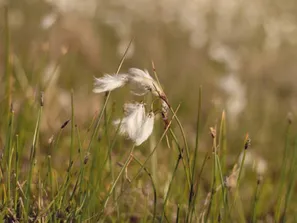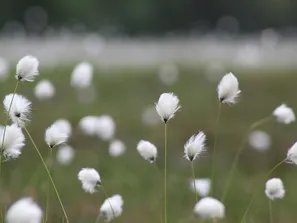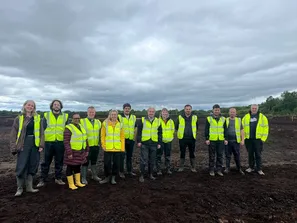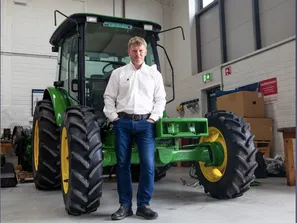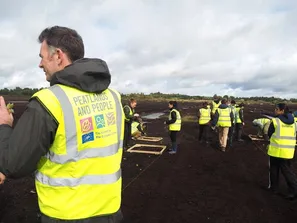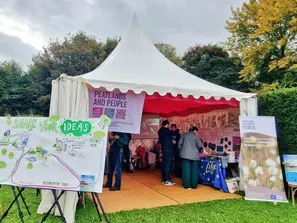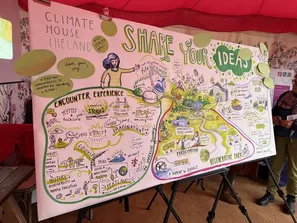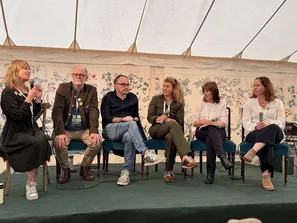01 Mar 2022
The term ‘peatland’ refers to the peat soil and the wetland habitats growing on the surface. Peat soil is wet and acidic by nature and is usually identified as raised or blanket bogs - found in the midlands and also in many parts of the west, north and south of Ireland.
Soils provide food, biomass and fibres, and regulate water, carbon and nutrient cycles, making life on land possible. In good condition they are able to absorb, store and filter water, transform nutrients and substances protecting groundwater; provide the basis for life and biodiversity including habitats, species and genes; and they act as a carbon reservoir.
The EU Commission formally adopted the EU Soil Strategy for 2030 in November 2021. The strategy aims to ensure that:
- all EU soil ecosystems are healthy and more resilient and can therefore continue to provide their crucial services;
- there is no net land take and soil pollution is reduced to levels that are no longer harmful to people’s health or ecosystems;
- protecting soils, managing them sustainably and restoring degraded soils is a common standard.
The EU Soil Strategy for 2030 is closely linked to the EU Biodiversity Strategy for 2030, the Common Agricultural Plan, and Ireland's Climate Action Plan.
Explore Ireland's soils using this interactive map: http://gis.teagasc.ie/soils/map.php
